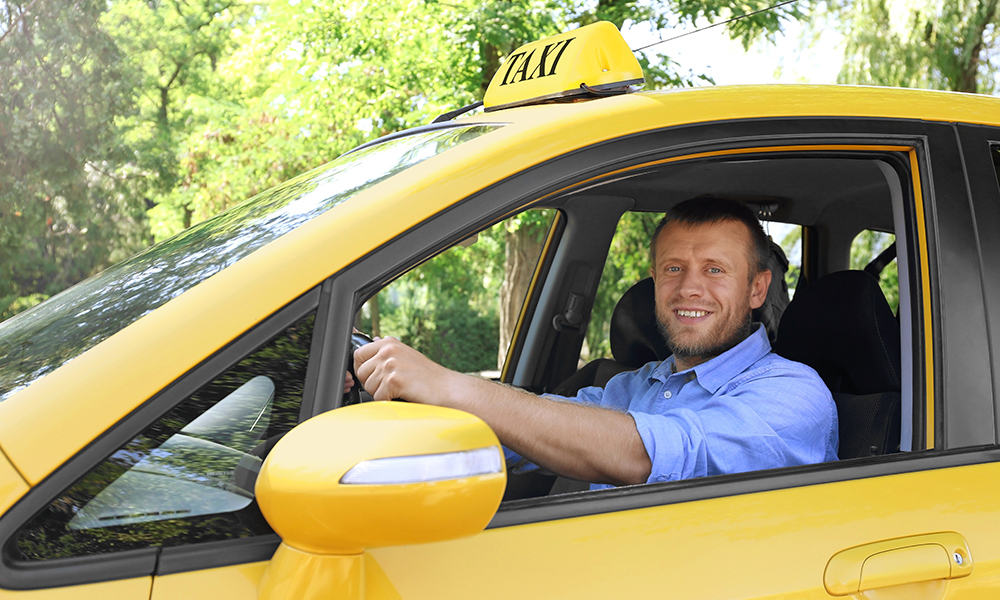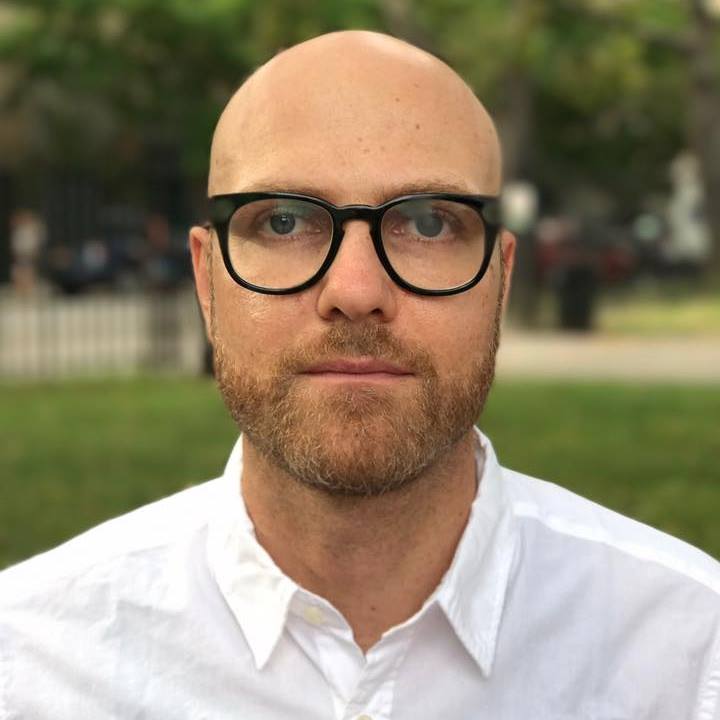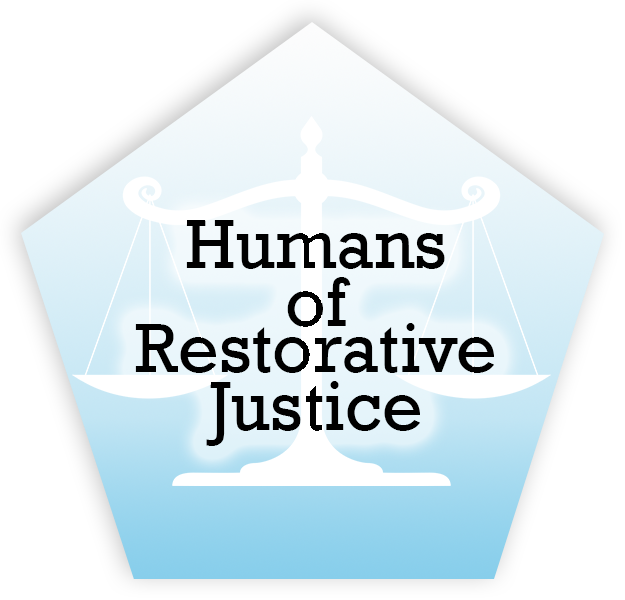
AFRICA STUDIO/SHUTTERSTOCK.COM
.
Humans of Restorative Justice (HORJ) stories highlight the incredible individuals working to build and restore strong relationships in their communities. They are written and edited by David Levine based on interviews with real-world practitioners. This one is with Keyonn of New York, New York.

When Emilio (his name has been changed for his privacy) first walked into our offices, he looked disheveled. He shuffled through the door wearing sagging pants and an oversized T-shirt. He was standoffish, barely answering basic questions, not making eye contact, and I immediately caught the smell of weed as he placed his jacket down on a chair next to mine.
Due to his gang involvement, Emilio, by the age of 19, had countless run-ins with the law and had experienced a range of negative consequences. His probation officer (P.O.) had reached out to my organization as sort of a last resort because I work at a community justice program in Harlem that has been effective with other challenging cases in the past.
Emilio’s work with us was basically an ultimatum: either he engage in our program or he faced going back to jail. So this was somewhere between being mandated and being a choice. To Emilio, this was the lesser of two evils, so here he was.
I believe in meeting young people where they are and then helping them move gradually from where they are at the moment to where they would like to go in the future, even if they don’t have a clear understanding of how to get there yet. This approach makes sense to a lot of youth. It’s like having a road map that is tailored to their needs.
Why they need taxi driver
 To me, this is the core of the restorative approach. The way I say it to young people is that my role is like a taxi cab driver. It’s not the cab driver’s responsibility to choose the destination; the passenger picks the destination. My job is to help get you there safely, choosing from the best routes available.
To me, this is the core of the restorative approach. The way I say it to young people is that my role is like a taxi cab driver. It’s not the cab driver’s responsibility to choose the destination; the passenger picks the destination. My job is to help get you there safely, choosing from the best routes available.
First, it’s all about building rapport, and that is how I approached our work with Emilio. I spent that first intake meeting trying to get him to see that we were not there to be punitive. We were trying to look toward his future. His family was exhausted and ready to give up. His mother had reported that his younger brother had begun modeling some of Emilio’s dangerous behaviors.
So, I asked him straight-up, “Everybody says you’re trying to throw your life away, that you almost want to go back to jail. Is that how it is from your perspective?” After a pause, Emilio looked at me for the first time and said, “No, but nobody helps me when I’m trying. So, if they don’t care then I don’t care.”
I took that statement in and nodded before asking, “OK, if I was to commit to assisting you, one piece at a time, like, If I help you achieve some of your short-term goals, would you be open to working on some longer-term goals?”
I took some more time asking questions, getting to know Emilio’s motivations and worldview. I asked him what it was he really wanted. As it turned out, he really wanted to learn a vocation and make money to be helpful to his family. In fact, even his criminal activities, in his mind, were an attempt to put money in his pocket that he could then use to help his family. He felt an immense responsibility as the eldest of the children in a single-parent household.
Small goals and setbacks
At the end of that first meeting we laid out a few small and achievable goals such as attending weekly meetings to work on his resume and participating in group discussion circles. Unfortunately, almost immediately, he began to miss these appointments or was late and disengaged. We are required to give a full report on the participants. Based on his absences, I got a phone call from his P.O., who was at the point of having to pull him from the program and hold him accountable for not attending.
This work is rarely straightforward or without setbacks. So I asked the P.O. to give us one more shot at getting through to him. We hadn’t yet had a chance to do a home visit and talk with him one more time. If that’s not effective then so be it, was my plea. I wasn’t ready to give up on Emilio just yet.
Members of my team made the home visit with Emilio's mother, explaining the things we were putting in place to support him. They asked her if she could try to reinforce this work at home. They acknowledged the difficulty of this, after her years of frustration, but stressed that we still believed in moving him forward. And luckily, little by little, with this group effort, things began to turn around for Emilio.
First, he started meeting the goal of being at appointments on time. Then, he began to step up and go above and beyond his assignments. Not only did he make his cover letter and resume, he actually went online by himself to research different ways to format these documents and represent himself in the best way possible.
Personal investment
I looked into specialty programs that would allow him to enter the construction trades but found out that he would need to be involved in an academic program to earn his high school equivalency, as he had previously dropped out of high school. Showing him that I was invested in him succeeding, without judgement, really encouraged him. Before I could even get the paperwork together, he had already travelled on his own to enroll in a program to earn his high school equivalency, his HSE.
Emilio began to think about and plan for his future. I am happy to say that he is now only four weeks from earning his HSE diploma, and six weeks from beginning his training in welding. He is very proud of where he is at.
Several factors helped in this journey. He earned a stipend through his HSE program, so he was still able to fulfill his goal of helping his family. It also helped that he was the one who found this particular program, even though I was there to provide resources and ideas. Ultimately, he was the one to make the call and sign himself up for this program, which was important to his feelings of worth and personal investment.
As I mentioned, a huge part of our program’s success has been a result of our commitment to building rapport, developing strong relationships. I can remember a trip our group took to the American Museum of Natural History. Emilio still wasn’t that open with the other young people so he kind of hung by my side a bit.
Building trust and connection
At one point the two of us were standing in front of a massive exhibit on ancient pyramids. We were both surprised to learn that pyramids originated in South America and not in Egypt. I remember Emilio turning to me to say, “See, construction is the best occupation you can be in! There’s always been construction for the whole history of the world. You always need people to build things. That’s why I want to be in construction.”
And that just blew me away, that he made a personal connection between the exhibit and his own aspirations. It also really showed me that he was serious about learning a trade. It’s these brief but deeply personal moments that help build trust and connection.
I recently spoke with Emilio’s mother to say that the encouragement we all had been giving him had really started to pay off. She agreed and added that his younger brother, the one she had been so concerned about imitating Emilio, was now actually being influenced positively by him. Emilio had been talking with him about his own choices and mistakes, what it was really like out on the streets. He had even started helping his little brother do his homework in the evenings. Hearing the relief in his mother’s voice was thrilling.
Emilio’s progression was not linear or without obstacles, however. It was slow and difficult work at times. Even when he first attended our group meetings, he was often there but not engaged, staring off, not wanting to participate. But, eventually, as his life came together and he saw some tangible results, he began to give back more to others in the program.
Being a role model
One afternoon, there was a new young man. There were 10 of us in the circle. Some were there voluntarily, some mandated. And here was this new participant, standoffish like Emilio used to be. When it came to this new person, he expressed that, “Yeah, I’m gonna be here as long as it takes to get through this program for my P.O. But that’s it. As long as I’m here when I’m supposed to be here, I don’t really have to be involved. I’m not knocking myself out with this thing.”
He clearly wanted to let the group know that he was just going through the motions, that he couldn’t care less. And I remember Emilio speaking right to him, without hesitation, saying, “Yeah, that’s one way to go about it, because I came into this with the same mindset. If you waste the opportunity while you’re here, that will be your choice. But if you actually give these people a chance, they can help you move your whole situation forward.” Then he shared his story, how he started out in the same way but was now on his way to “doing A, B, C and D,” and how he now felt like he was moving in a whole other direction than he was when he first came in through that door.
And that’s the thing, a lot of young people will really hear advice more clearly when it is coming peer-to-peer, from someone they can relate to. This insight from Emilio was much more effective than anything I could say to them. I could see that this new young man was really hearing Emilio, taking him seriously, more so than when I was speaking to him. And you could feel Emilio start to recognize the power he was now holding, to transform himself and others around him, and I know he enjoys being a leader and a role model in this way.
It comes down to treating people like people. Believing in people. Allowing them to be the main force in finding their own solutions. I simply kept my word to help Emilio get where he said he wanted to go, to listen and to do my best to drive the taxi.
David Levine has worked as an educator at public high schools in Brooklyn and Seattle, and as a restorative justice dean in the Bronx. He is currently a course facilitator at the National Center for Restorative Justice, an organization that provides training for those looking to change their relationship to conflict.
Great article but I don’t see the connection to restorative justice.
Thanks for reading Stanley. I see this story as connected to several tenants of RJ. Specifically 1) developing agency in the individual 2) Building strong relationships in the community 3) and engaging all stakeholders. The program itself was also an alternative to this young person returning to the criminal justice system. I hope that may illuminate some of the intended connections. If you would like to discuss further, I can be reached at d.levine@nationalcenterforrestorativejustice.com. Have a great day!